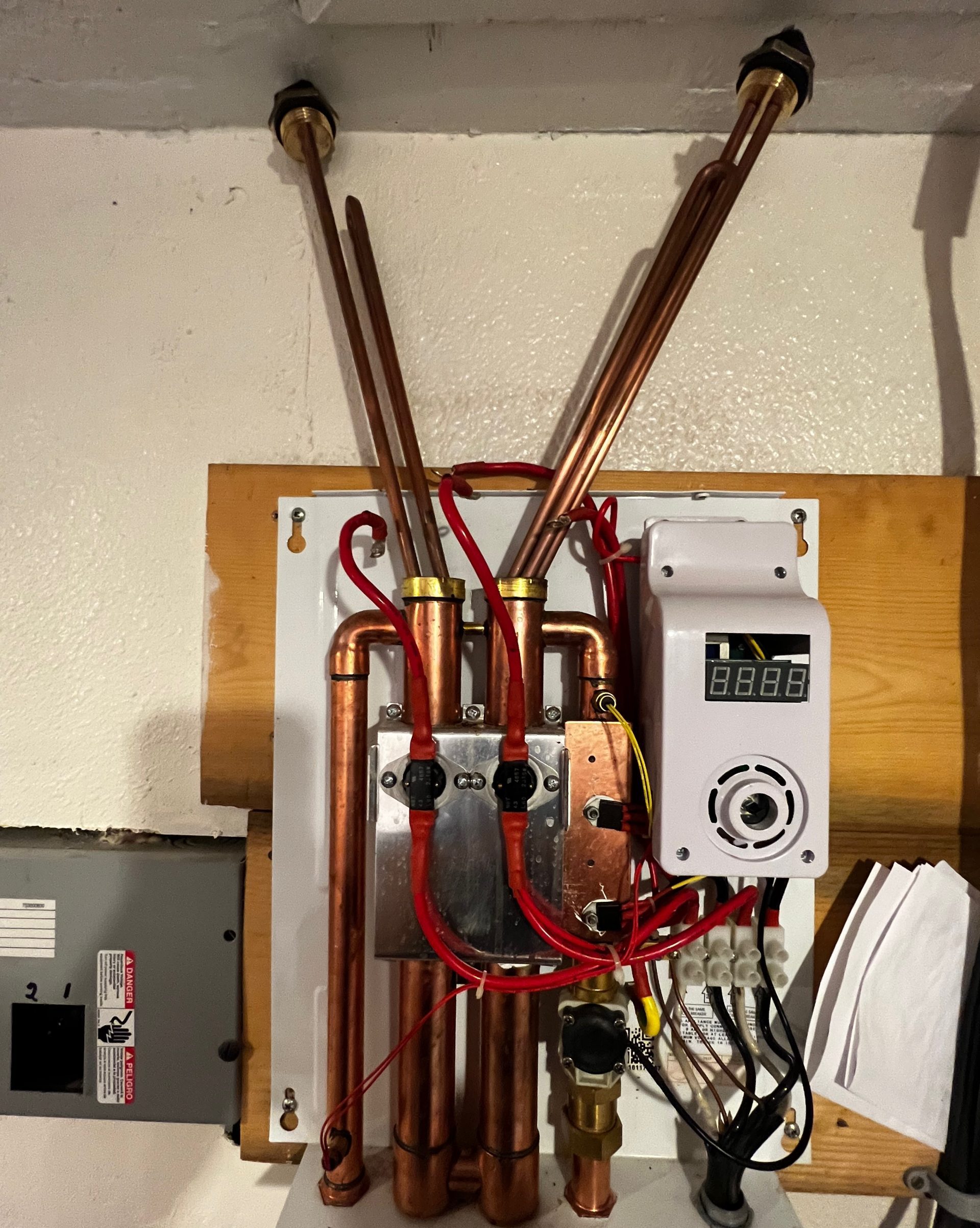Right here in the next paragraphs you can get lots of dependable information and facts pertaining to Tips on Maintaining a Water Heater.

Warm water is important for daily comfort, whether it's for a revitalizing shower or washing dishes. To guarantee your hot water system runs efficiently and lasts much longer, routine maintenance is essential. This post provides useful tips and insights on exactly how to preserve your home's warm water system to avoid disturbances and pricey repair work.
Introduction
Preserving your home's warm water system might appear overwhelming, yet with a few straightforward steps, you can guarantee it operates efficiently for several years to find. This overview covers everything from recognizing your hot water system to do it yourself upkeep ideas and understanding when to hire specialist assistance.
Relevance of Maintaining Your Warm Water System
Regular maintenance not just prolongs the life-span of your warm water system however additionally guarantees it runs effectively. Neglecting upkeep can lead to reduced efficiency, greater energy costs, and even premature failing of the system.
Signs Your Hot Water System Demands Maintenance
Recognizing when your hot water system needs focus can stop major problems. Keep an eye out for indicators such as inconsistent water temperature, weird noises from the heater, or rustic water.
Recognizing Your Hot Water System
Before diving right into maintenance jobs, it's helpful to understand the fundamental elements of your hot water system. Normally, this consists of the hot water heater itself, pipelines, anode poles, and temperature level controls.
Month-to-month Maintenance Tasks
Normal month-to-month checks can aid capture minor issues before they rise.
Purging the Hot Water Heater
Purging your hot water heater gets rid of debris build-up, improving efficiency and extending its life.
Checking and Replacing Anode Rods
Anode poles protect against deterioration inside the container. Inspecting and replacing them when broken is crucial.
Inspecting and Adjusting Temperature Setups
Readjusting the temperature setups makes certain optimum performance and safety and security.
Do It Yourself Tips for Upkeep
You can perform numerous upkeep jobs on your own to maintain your hot water system in top condition.
Checking for Leaks
On a regular basis inspect pipelines and links for leaks, as these can cause water damages and greater costs.
Examining Stress Relief Valves
Testing the stress relief valve ensures it functions correctly and protects against too much stress accumulation.
Protecting Pipes
Protecting hot water pipelines lowers warm loss and can save power.
When to Call an Expert
While DIY maintenance is useful, some concerns need specialist knowledge.
Facility Problems Calling For Expert Help
Instances include significant leaks, electric problems, or if your hot water heater is consistently underperforming.
Routine Professional Upkeep Benefits
Expert upkeep can include comprehensive inspections, tune-ups, and making sure conformity with security criteria.
Verdict
Normal maintenance of your home's warm water system is vital for efficiency, durability, and cost financial savings. By following these ideas and knowing when to seek specialist help, you can make sure a dependable supply of warm water without unforeseen disturbances.
How to Maintain an Instant Hot Water Heater
Before tinkering with your hot water heater, make sure that it’s not powered on. You also have to turn off the main circuit breaker and shut off the main gas line to prevent accidents. Also turn off the water valves connected to your unit to prevent water from flowing into and out of the appliance. 2. When you’re done, you have to detach the purge valves’ caps. These look like the letter “T” and are situated on either side of the water valves. Doing so will release any pressure that has accumulated inside the valves while at the same time avoid hot water from shooting out and burning your skin. 3. When the purge valves’ caps are removed, you have to connect your hosing lines to the valves. Your unit should have come with three hoses but if it didn’t, you can purchase these things from any hardware or home repair shops. You can also get them from retail stores that sell water heating systems. Read the user’s manual and follow it to complete this task properly. When the hosing lines are connected, open the purge port’s valves. 4. You should never use harsh chemical cleaners or solutions when cleaning your unit. Make use of white vinegar instead. It should be undiluted and you’ll probably use about 2 gallons. 5. Now flush your water heater. This task should probably take about 40 minutes. We can’t give you specific directions for this because the procedure is carried out depending on the type, model and brand of your heater. With that being said, refer to the user’s manual. 6. When you’re done draining the unit, you have to turn off the purge port valves again. Remove the hosing lines that you earlier installed on each of the water valves. Put the valve caps (purge port) back in their respective places and be very careful so as not to damage the rubber discs that are found inside these caps. 7. Now that everything’s back in place, check your user’s manual again to find out how to reactivate your water heating system. 8. Once it is working, turn one of your hot water faucets on just to let air pass through the heater’s water supply pipes. Leave the tap on until water flows smoothly out of it. https://www.orrplumbing.com/blog/2014/september/how-to-maintain-an-instant-hot-water-heater/

As a serious person who reads on Water Heater Maintenance Tips You Can't Afford to Forget, I think sharing that piece of content was sensible. Sharing is caring. Helping others is fun. I praise you for your time. Please visit our blog back soon.
Find Out More